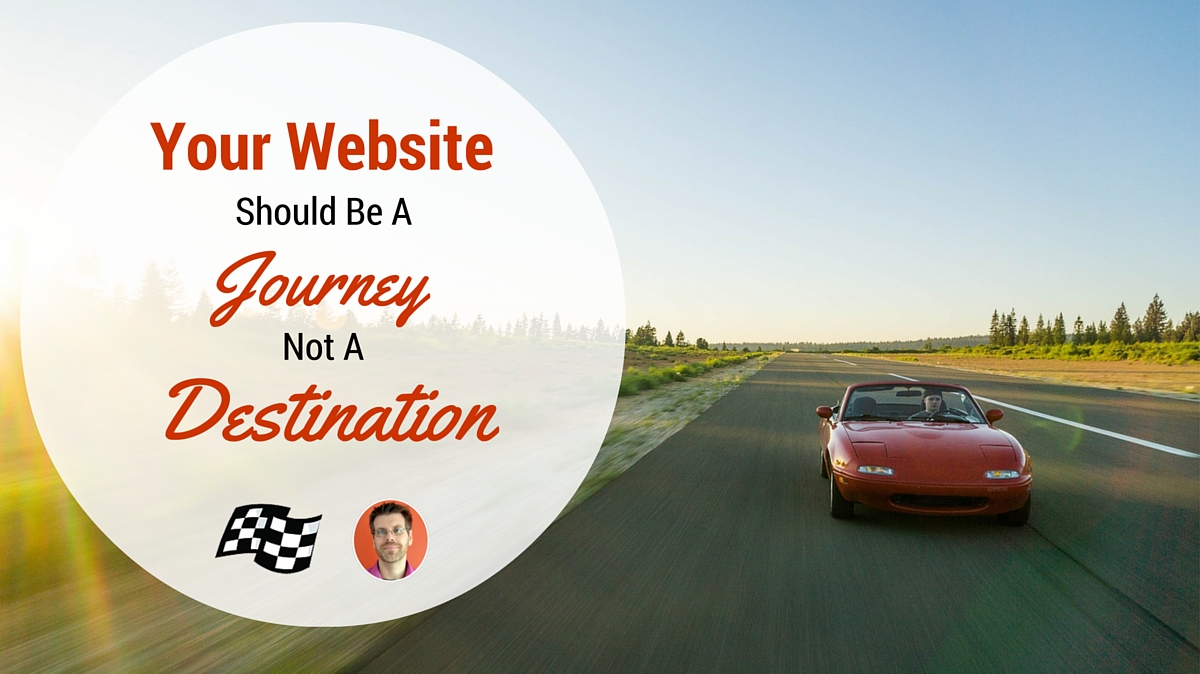
“If you aim at nothing, you’ll hit it every time.”
–Zig Ziglar
Goals are important to establish before embarking on a web marketing campaign. But it’s not just the overall goals that are important. It’s also necessary to set smaller goals that help you reach the larger one.
We always work with our clients to make sure the goals are known and we are all on the same page. But (speaking of pages) one thing that a lot of business owners and web marketers don’t think about is that each page of the site should have a goal as well.
When a visitor lands on any page, what do you want them to do?
- Should they read it and close the browser?
- Are they supposed to go back to the navigation to find what they want next?
- Or should they seamlessly move from that page to another page or specific action?
Hopefully, you agree with the last option rather than the first two.
Simply put, before you can get the visitors to do what you want them to do next, you need to know what “next” is. And then you need to make that action as obvious, and seamless as possible.
Page Goals Encourage Visitor Action
Your web pages, ultimately, have very little value unless the visitor takes some sort of action. It doesn’t matter how “valuable” you think the content of the page is. It’s value is completely lost on the visitor if they simply leave the site. It’s the inclusion of a strong goal that propels the visitor to take whatever actions are necessary to move from here to “there.”
For most websites, the “goal” is to move as many visitors from landing page to conversion as possible. But achieving that goal is a process that includes one or more pages of your website. Pages without specific goals fail to lead the visitor toward the conversion.
Each page may have a different specific goal, but ultimately that goal should help move the visitors closer to the conversion. If all your pages are trying to close the deal then, really, they are no different from the annoying sales guy that tries to put you into the first car you look at without first trying to understand what you need in a vehicle.
That’s not a mistake you want to make on your website. To get the visitor to the big goal, you often need to take the visitor on a journey. Every visitor’s journey will be different, but there must be paths for them to follow. Without the paths, they are just lost in the woods.
The more time any visitor spends on your website, the more comfortable they will be doing business with you. Yes, you want the conversion, but you won’t get it if you try to force the visitor’s hand.
Setting page-by-page goals establishes paths that help you and the visitor go through this conversion journey together. By the time it comes to finalizing the big conversion goal at the end, you’ll face far less resistance. After all, you’re already made fast friends on your journey there!
